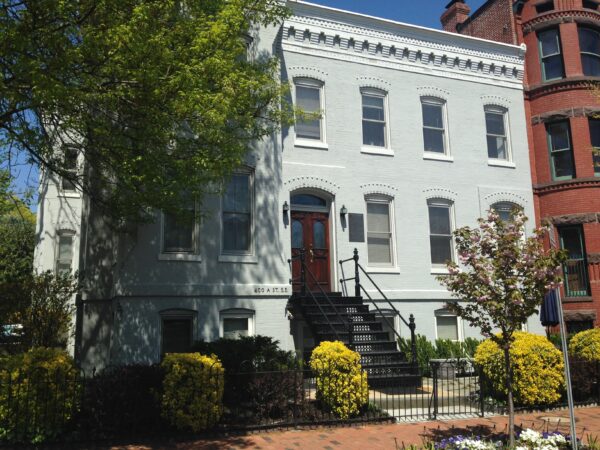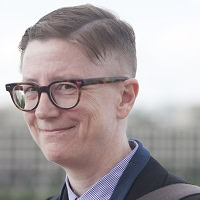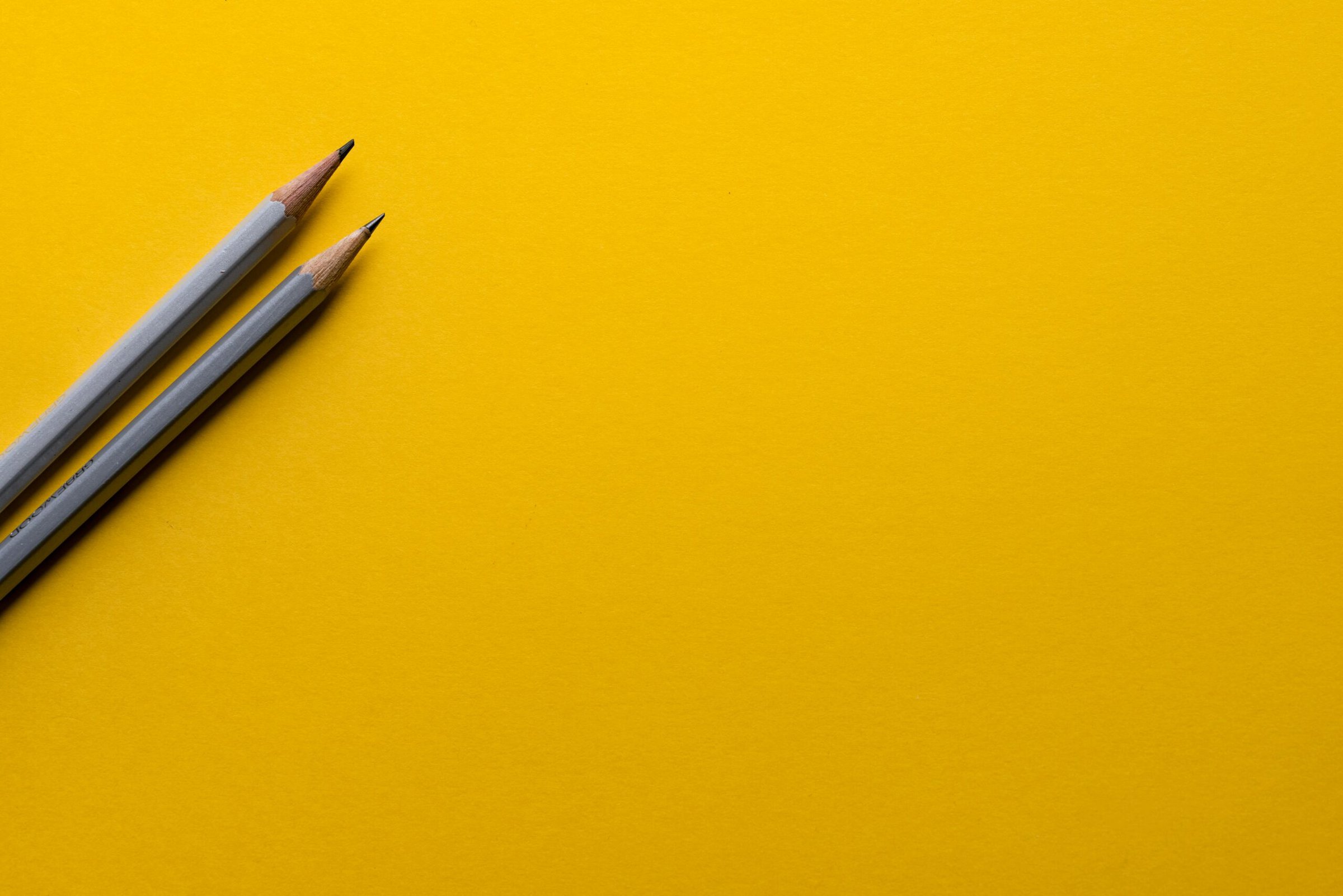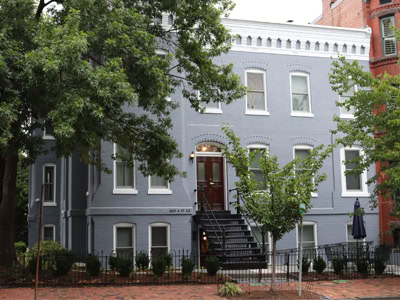
The AHA Townhouse
In the last issue of Perspectives on History, the AHA’s director of scholarly communication and digital initiatives, Seth Denbo, made the case for recognizing collaboration in our community. When historians co-author an article or book, tenure guidelines can assume that that work took less time and effort than a single-author monograph. Digital history projects involve multiple layers of expertise, often making shared credit necessary. Other forms of collaboration are no less important to our work, whether it’s debating ideas around a seminar table or participating in the peer-review process. Librarians and archivists can help shape our research. And the giants on whose shoulders we stand, credited in our notes and acknowledgments, collaborate with us by “lending” their ideas and research. Inspired by another form of collaboration—the presentations and ensuing discussion at an AHA annual meeting panel—Seth’s provocative essay shatters the illusion of the solitary historian.
To add to the discussion, collaboration can be truly pleasurable. It’s certainly one of the best qualities of my job: working with some of the world’s biggest brains to take stories from the merest filaments of ideas to tightly argued articles to ink on the page. Sometimes an essay needs nothing but a tweak of one word to put it over the top. At other times, the process resembles a shambolic road trip. But it’s always an enthralling experience, perhaps resembling a very young child’s thrill of feeling a warm breeze on their face for the first time.
It’s also important to acknowledge the work we do with our designers and printers. Each issue of Perspectives presents innumerable production-related challenges, from making sure text aligns across columns to adjusting the color of our cover logo. Our staff has built up relationships with these professionals almost entirely over e-mail, but our exchanges are warm. Last month, I visited the facility of the company that handles our printing to learn what it takes to make a print magazine from the PDFs we send each month. It’s impossible to explain in this space, but it involves aluminum plates, huge rolls of paper, calipers, and, most importantly, many expert human eyes that can analyze four (or more) colors at once. Constantly refined and spectacular to witness in person, this mastery has been handed down through generations of printers. The AHA is proud to affix the printer’s union bug to the page with our masthead in every issue. It represents another pleasurable collaboration in getting Perspectives into readers’ hands.
Solitary work, of course, contains immense pleasures, and as many collaborators have found, co-authored or co-edited projects can inflict headaches of their own. But no one I know who has discovered something astounding in an archive or had a writing breakthrough can keep it to themselves. (Just check out academic Twitter.) If we pay attention to moments like these, surely some of the most profound pleasures of scholarly life, we will realize that no one does this work alone. Although most of these micro-collaborations will never appear anywhere but an acknowledgments page, they may provide grist for larger-scale collaborations and are critical for the production of knowledge. What we stand to gain when we establish more formal avenues for working together—and press for better recognition of this work—includes enjoyment. And that is not nothing.
This work is licensed under a Creative Commons Attribution-NonCommercial-NoDerivatives 4.0 International License. Attribution must provide author name, article title, Perspectives on History, date of publication, and a link to this page. This license applies only to the article, not to text or images used here by permission.


